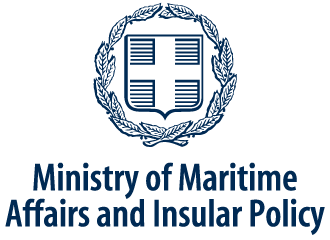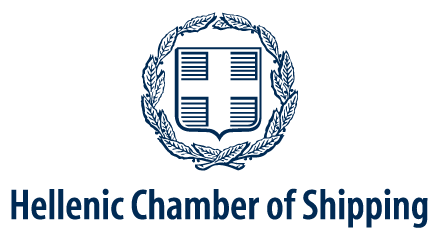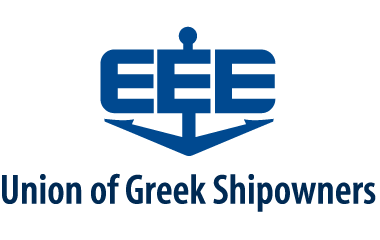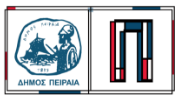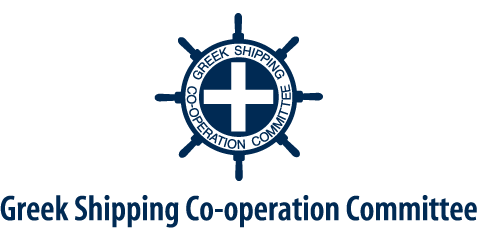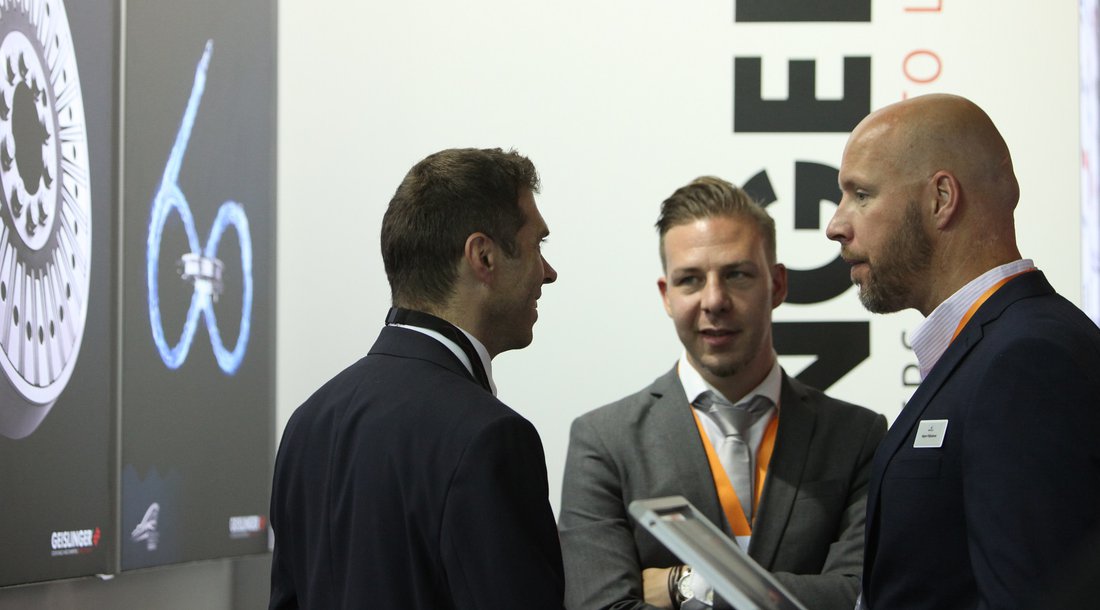
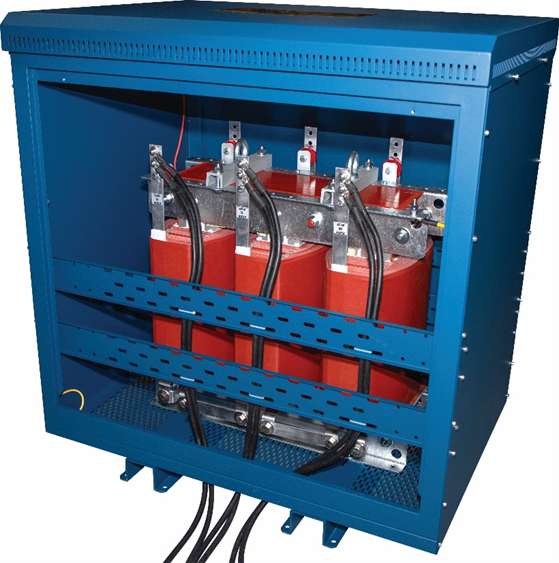
This specific type-approved marine transformer designed and manufactured by EMMIS MARINE, is a three-phase low-voltage dry-type transformer, with the commercial label MAR/TC. Its power falls between 5–1600 kVA and comes with protection level IP23.
The marine transformer MAR/TC has been designed with particular emphasis on R&D. The ultimate aim is not only to satisfy the requirements for its certification, but also to incorporate innovative features which differentiate it from similar products of the competition.
In particular, it achieves significant energy saving with:
• smart enclosure design
• the internal ventilation openings and
• the special high-current cable terminals for the avoidance of thermal losses.
1. Application of specialized precision software
EMMIS uses some of the most sophisticated and specialized software programs in the design of its transformers, as opposed to the use of "empirical methods" that are commonly used in the market, which can in no way approach the levels of precision and reliability of a modern software program.
The use of this technology at the software program level during the design stage, makes it possible to test alternative calculations and make adjustments on the basis of the simulation capability, before the product enters the production line. In this way, all parameters and possible combinations are examined, and the necessary adjustments are made. This results in selecting the optimum manufacturing method, with a view to minimizing energy losses.
2. Minimization of thermal losses
Energy losses appear due to the temperature developed during the operation of a transformer.
Low thermal losses are ensured by the construction of special air ducts between the windings, allowing unhindered and continuous heat dissipation. To this end, it is necessary to apply innovative winding techniques based on modern production methods, since the air ducts are applied during the winding process.
3. Minimization of iron losses
In addition to thermal losses, there is the possibility to further minimize energy losses by minimizing iron losses.
The minimization of iron losses can be achieved by the use of special grain-oriented silicon sheet. The application of innovative core assembly methods complements the result of minimizing iron losses.
Consequently, choosing the quality of the silicon sheet directly affects the energy losses and the operating costs of a transformer.
4. Sustainability
Designing for low thermal losses (operating temperature) allows to maximize the lifetime of the transformer's insulating materials, hence the transformer as a whole. The stress on the insulators is directly related to the operating temperature.
The malfunction of a transformer or its destruction, is the result of a reduction in the insulating capacity of these materials.
5. Certification
The certification comes from Lloyd's Register and Bureau Veritas classes.



